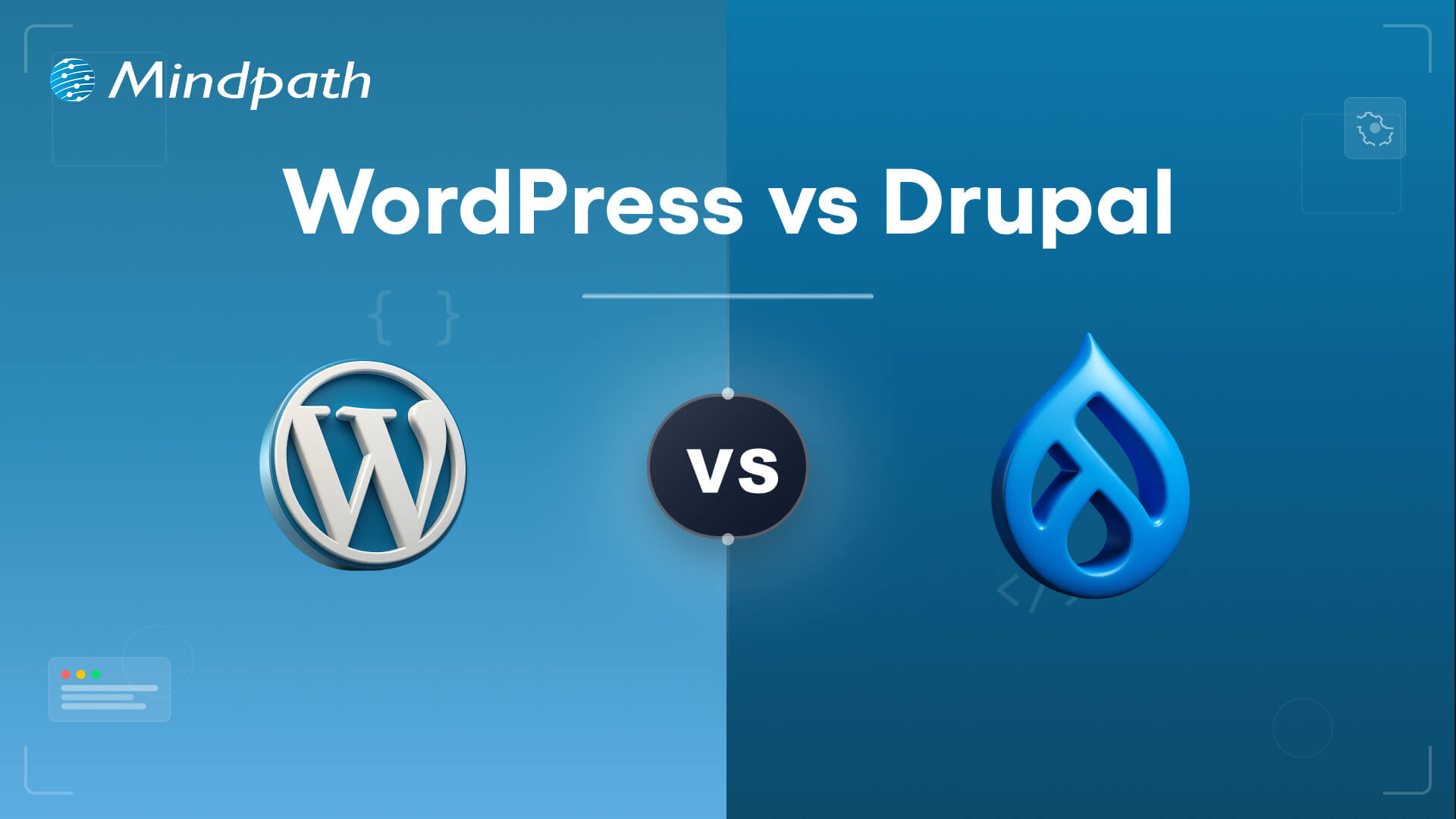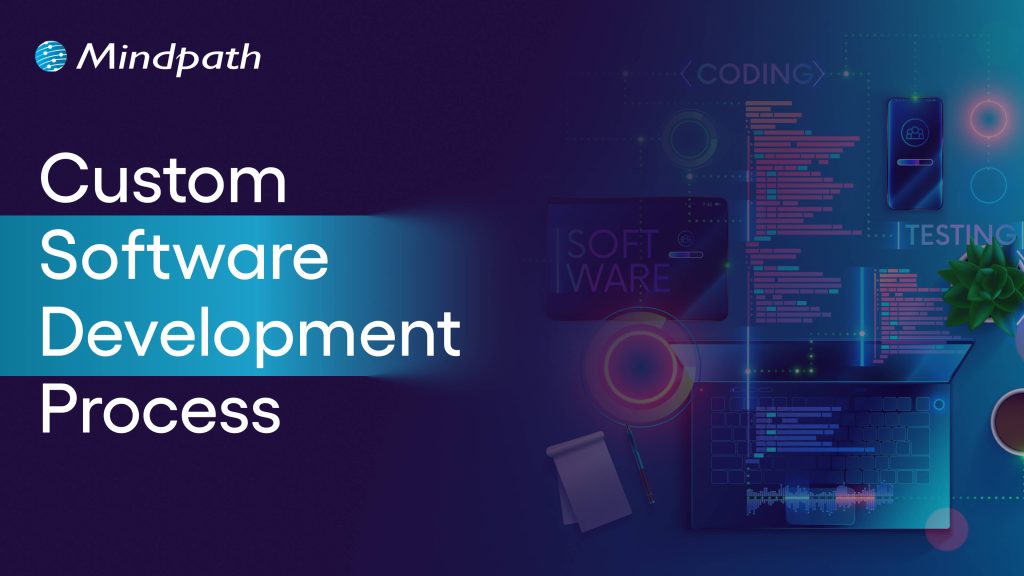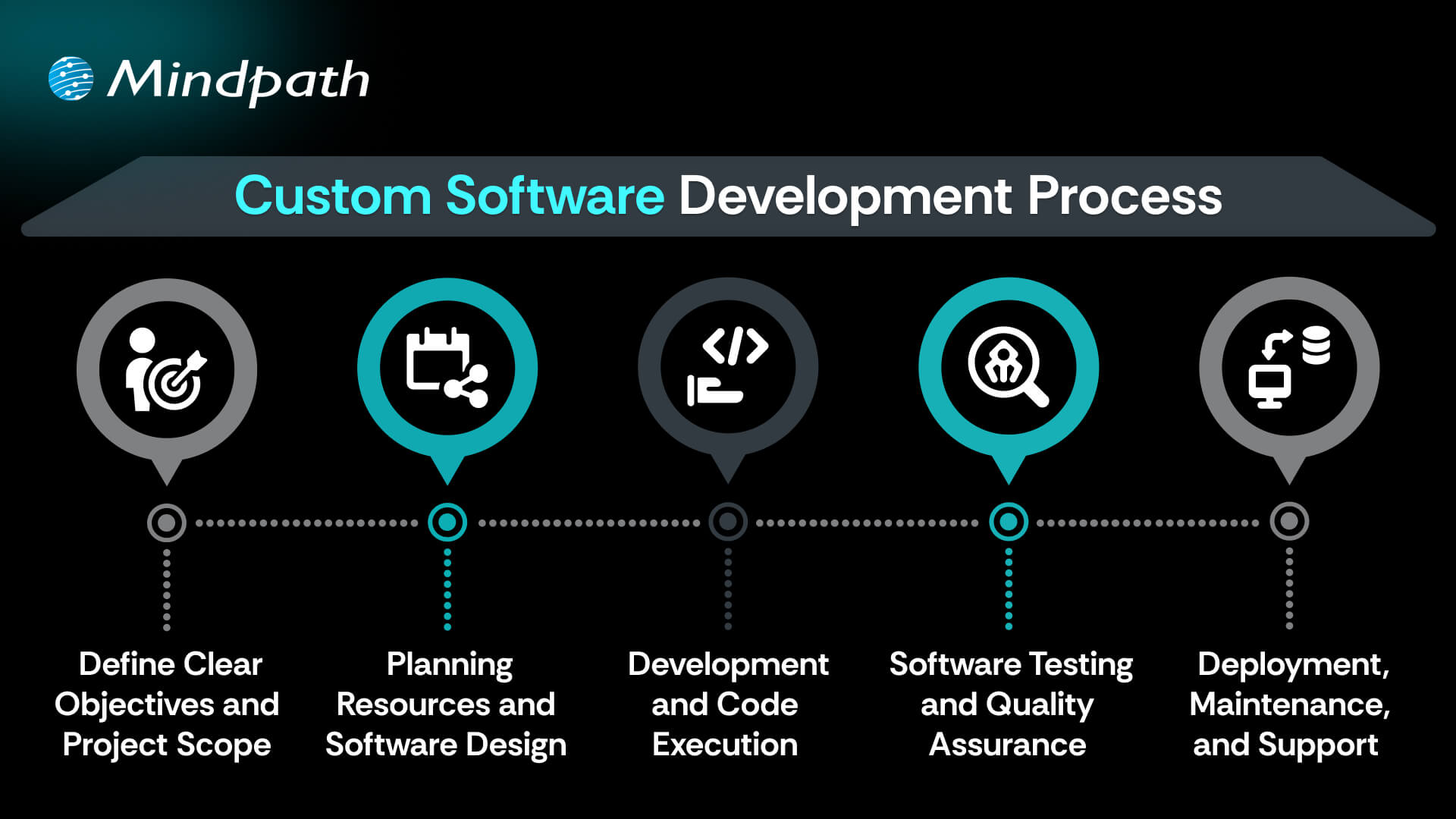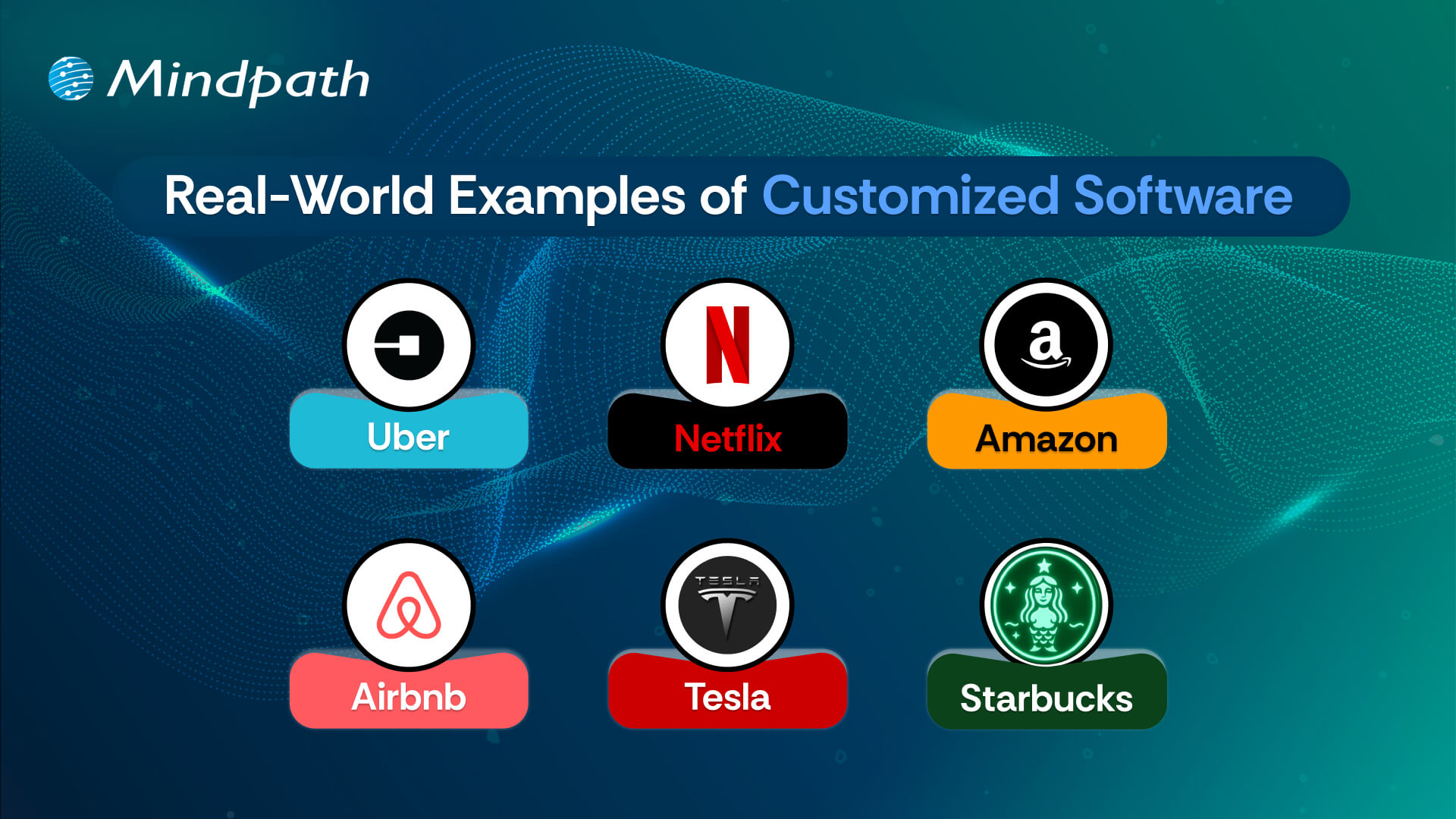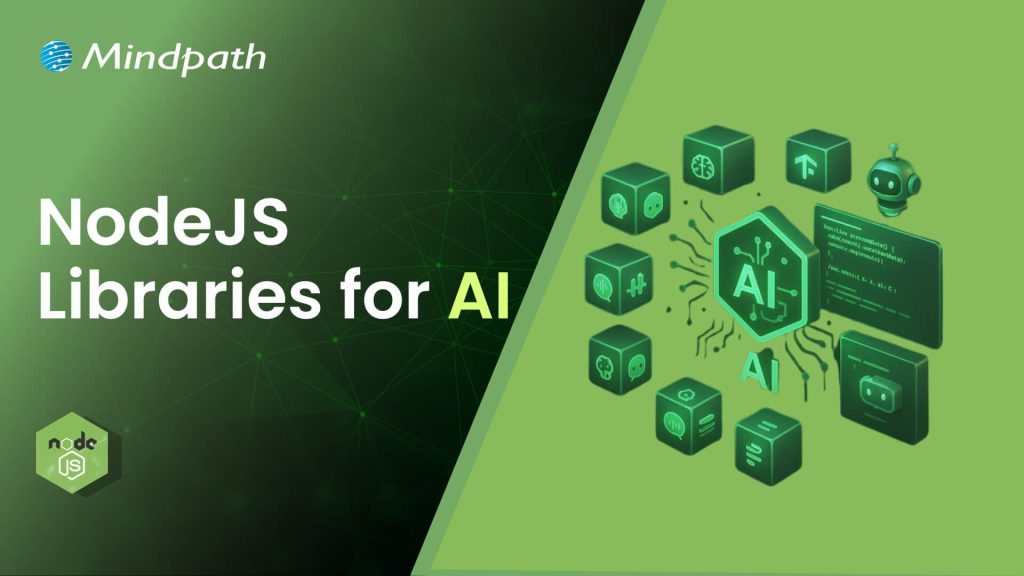What if you could instantly tap into top-tier tech talent whenever your project demands it? IT staff augmentation is quickly becoming the go-to solution. But what trends are driving this change? Could these trends be reshaping the future of work as we know it? Let’s explore how IT staff augmentation is revolutionizing the tech industry and why it’s becoming essential for companies aiming to stay ahead.
Staff augmentation refers to the process by which companies hire highly skilled workers on a temporary basis to complement their workforce on information technology-based projects. This model gives businesses an avenue through which to outsource extra talents as and when necessary while still staying in control of the team and the projects. Compared to project outsourcing, whereby a company hires another business to handle an entire project, staff augmentation involves the hiring of individual experts to work with the in-house team on projects. This approach is particularly helpful for businesses with projects that change frequently, thus enabling them to adapt quickly to various needs by hiring temporary experts. Staff augmentation provides flexibility in that a business can manage its temporary workers directly while meeting the demands of the projects efficiently.
So, now let’s look after the IT Staff Augmentation trends reshaping the future!
IT Staff Augmentation Trends Reshaping the Tech Industry

1. Demand for Cybersecurity Experts
As cyber risks grow, businesses are under growing pressure to safeguard their most valuable information and systems. From huge organizations to small businesses, the demand for cybersecurity expertise is greater than ever. These professionals have vital roles in network security, data breach prevention, and preventing cyberattacks before they occur. Without adequate protection, businesses risk losing consumer data, harming their brand, and incurring legal consequences.
To meet these issues, organizations are turning to staff augmentation to bring in cybersecurity professionals with up-to-date skills and expertise. These specialists work to safeguard the security of all digital platforms, including websites and internal systems. Hiring cybersecurity specialists allows businesses to focus on development and innovation without worrying about the protection of their data. As cyber dangers evolve, the requirement for this expertise will only grow.
2. Growth of Agile and DevOps
Agile and DevOps approaches are becoming more common in the computer industry, making these skills increasingly valuable. Many IT organizations are increasingly adopting these strategies in order to operate more effectively and adapt faster to market developments. Teams can apply Agile to break down projects into smaller, more manageable tasks, allowing them to give updates more often and alter their plans in response to feedback.
Meanwhile, DevOps focusses on enhancing cooperation between development and operations teams, hence reducing inefficiencies and boosting communication. Organizations can improve workflows and accelerate project delivery by hiring Agile and DevOps specialists. This approach not only improves team collaboration, but it also helps them to deploy goods and features more quickly, resulting in speedier responsiveness to customer preferences and market demand.
3. Need for AI and ML Experts
AI and machine learning are transforming industries, resulting in a high need for specialized knowledge in these domains. As more organizations see the value of AI in improving their operations, they are searching for expertise to adopt and manage these technologies. Businesses that integrate AI capabilities into their operations can boost efficiency, generate innovation, and gain a competitive advantage.
To address this increased need, many businesses are resorting to staff augmentation, recruiting trained experts to help them realise the benefits of AI and machine learning. These experts not only understand technology, but also know how to use it successfully to address real-world challenges. As firms attempt to keep up with AI breakthroughs, investing in talented workers becomes increasingly important for staying competitive. The emphasis on AI and machine learning is expected to transform numerous sectors, making it essential for organizations to adapt and react to this trend.
4. Rise of Blockchain Developers
Blockchain technology is becoming increasingly relevant outside cryptocurrencies, with applications spanning several sectors. As organizations understand the benefits of blockchain, such as increased security and transparency, the need for qualified blockchain engineers grows.
Many businesses are increasingly turning to staff augmentation to gain the skills required to properly use blockchain technology. By hiring specialized developers, businesses can develop secure systems that increase data integrity and streamline procedures. This transition not only helps firms remain competitive, but it also creates new chances for creativity. As the interest in blockchain grows, investing in talented developers will be crucial to effectively navigate this changing terrain.
5. Expanding AR and VR Skills
AR and VR technology are rapidly evolving, opening up fascinating new opportunities for enterprises. Companies are rapidly recognizing the importance of these technologies for improving customer experiences and building immersive apps. To keep up with this expansion, there is an increasing demand for qualified people who understand how to design and deploy AR and VR solutions.
Many organizations are resorting to staff augmentation to identify professionals who can put these skills into action. Companies can improve customer engagement and product innovation by recruiting exceptional personnel with AR and VR skills. This development reflects the changing demands of the IT sector, where specialized skills are required to stay competitive.
Also Read: IT Staff Augmentation Transforming Project Scalability
IT Staff Augmentation Services at Mindpath
1. Dedicated Development Teams
We can provide you with experienced developers, integral parts of your team, to help with supplementary expertise and faster projects’ timeframes. Our developers blend in perfectly, ensuring smooth collaboration and delivery of results.
2. Legacy Modernization
We can upgrade and modernize your old technology so that it can work with the best standards of today. We provide services such as an assessment of your existing systems, technology upgrade, data migration, and performance enhancements.
3. Architectural Consultation
We consult on the design of robust and scalable software systems. Whether you are kicking off a new project or looking to better existing systems, we will help you build a solid ground and choose the best-suited technology for your needs.
Final Thought!
As the technology sector evolves, IT staff augmentation is proven to be an important strategy for businesses seeking to remain competitive. Businesses can react quickly and efficiently to changing project demands by embracing the newest trends, such as increased need for cybersecurity expertise, the expansion of Agile and DevOps processes, and the growing relevance of AI, machine learning, and blockchain capabilities. At Mindpath, we are committed to offering high-quality IT staff augmentation services that enable businesses to grow and innovate. Whether you require specialized development teams, legacy modernization, or architectural consultancy, we have the competence to guide you through the future of your work.
Ready to harness the power of IT staff augmentation?
Let Mindpath connect you with top talent to elevate your projects and drive success.









